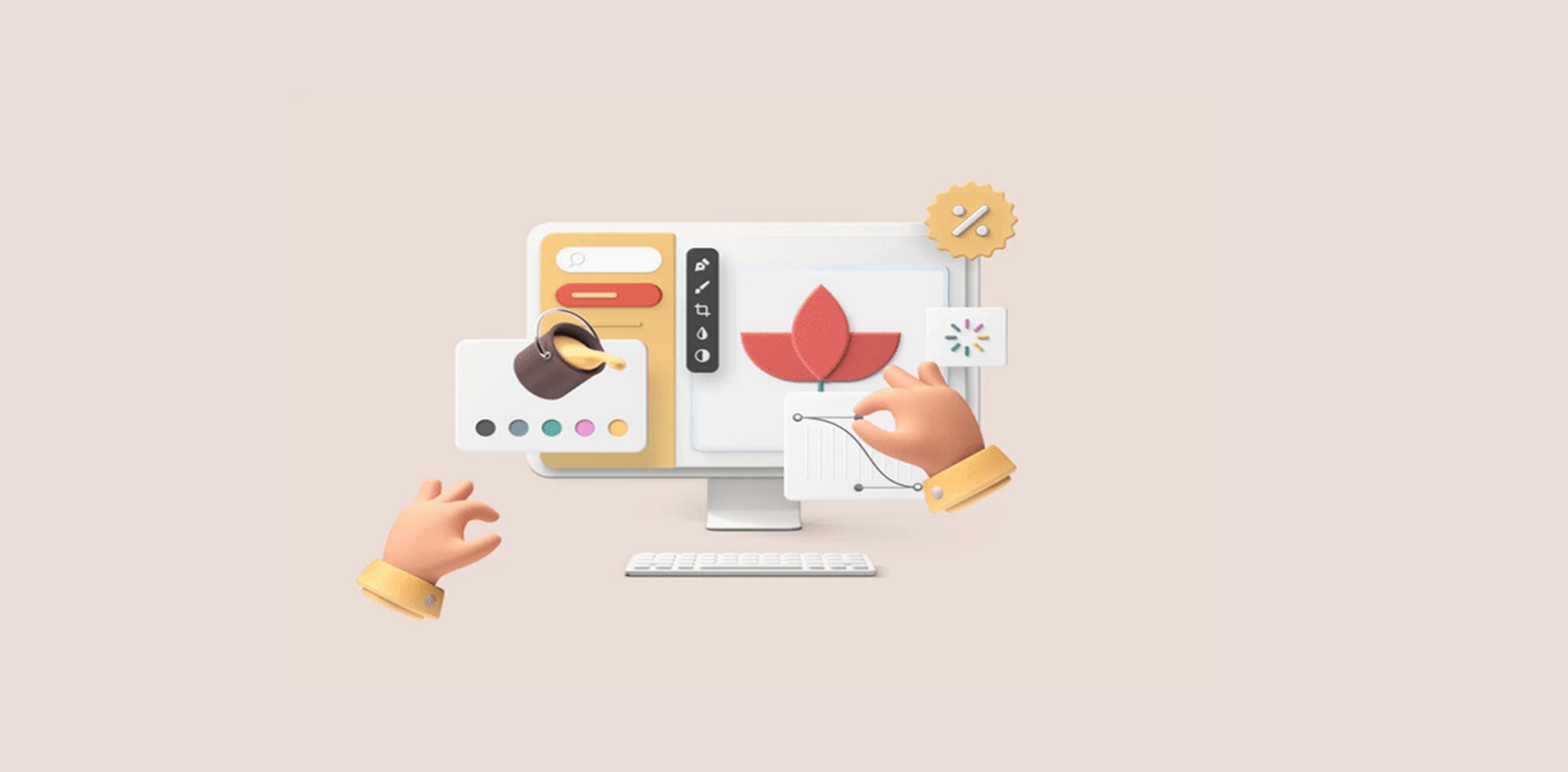January 10, 2024
Understanding the UX Design Process

What is UX design?
User Experience (UX) design is a discipline dedicated to optimising how people interact with digital products and services. It encompasses the art and science of crafting these interactions to be direct, efficient, and satisfying. UX designers carefully structure and design the elements of a digital platform, considering usability, aesthetics, accessibility, and overall user satisfaction.
UX (User Experience) design can be divided into 4 main stages. They are, Research, Planning, Design, and testing. Let us discuss this in detail about each stage.
Research
In the early stages of creating a successful e-commerce experience, we first gather valuable information about our customers, which we call User Insights. We do this by talking to them, asking questions through surveys, and observing how they use similar products or services. This helps us understand what our customers need, what they like, and where they might face challenges. With this knowledge, we can design a product that meets their expectations, making their experience better and smoother.
We also take a closer look at the Market Landscape, which means we study the world of online shopping and see what other businesses are doing. This helps us figure out where we can shine and succeed in the market. By identifying trends and opportunities, we can create an e-commerce platform that stands out and appeals to our target audience.
Furthermore, we pay attention to the thoughts and input of Stakeholders like our clients, product managers, and developers. By understanding their goals and expectations, we make sure that everyone involved is on the same page when it comes to the project’s objectives and direction. This alignment ensures a smoother and more efficient development process, ultimately leading to a successful e-commerce venture.
Planning
In the Planning phase, we set clear goals for our e-commerce project. These goals balance what our business wants to achieve with what our users need. We also outline the project’s scope, which means defining its limits, setting timelines, and creating strategies to reach our goals.To make design decisions that cater to our users, we create User Personas. These are detailed profiles of the people we’re trying to reach with our e-commerce site. They help us understand our users’ preferences and make design choices that match their needs.
Design
In the design phase, Wireframes and Prototypes, are like rough drafts of the website. These help us see how everything fits together and let us test ideas without making the final product. It’s like sketching before painting.
Next, we think about the Visual Style, as to how the website will look like. We choose colours, fonts, images, and other design elements to make it visually appealing and consistent.
Lastly, we work on Interaction Magic by creating interactions that are smooth and easy for users. This includes things like making search bars work well and ensuring the checkout process is straightforward. It’s all about making the website user-friendly and enjoyable to use.
Testing
In the Testing phase, we make sure that our e-commerce design works well and is user-friendly. One important way we do this is by conducting Usability Checks where real users try out our design. This helps us find any issues or things that could be improved to make it easier and more enjoyable for them to use.
We also run A/B Experiments, which are a bit like science experiments for our design. We create different versions, and some users see one version, while others see another. By comparing these versions, we figure out which design elements work best, helping us refine and improve our website.
Additionally, we perform an Expert Evaluation where we check the design against established usability principles. This helps us fine-tune and make sure it follows recognised rules that make it easier for users to understand and navigate our e-commerce site. Testing is a crucial step in ensuring that our design is top-notch and provides a great shopping experience for our customers.
Other than the 4 main stages, there is the Implementation phase, where we turn our design into a real e-commerce website. We work closely with developers to bring our design to life, making sure it works the way we planned. We also do thorough Quality Assurance testing to find and fix any problems or mistakes, ensuring the website works smoothly and looks just right. At the same time, we prepare and add all the important content like product listings, descriptions, and images.
Then, it’s time to Launch our e-commerce platform. We release it to the public, so customers can start using it. After the launch, we don’t stop there. We keep a close eye on how the website is performing, and what users are saying, and we use data and feedback to make it even better. This is the Evaluation and Iteration phase, where we continually improve our design based on how users are using it and what they need. It’s all about making sure the e-commerce experience stays excellent!
Conclusion
In our exploration of “Understanding the UX Design Process,” we’ve journeyed through the steps of making technology work well and feel great for users. We’ve learned that it all begins by understanding what people need and planning how to meet those needs. But here’s the point, it’s not a one-time thing.
UX design is a journey of constant improvement. We keep listening to what users say and looking at data to make our creations even better. So, understanding the UX design process is like knowing the path to making technology a delight to use. It’s a journey of understanding, planning, creating, and always making things better for the people who use our products.




